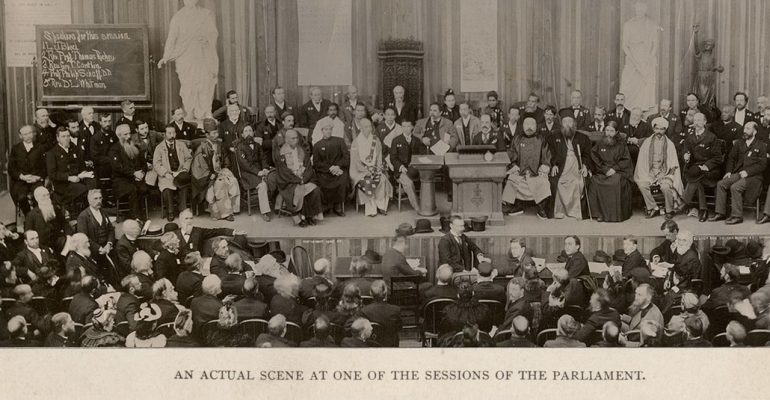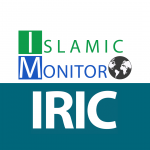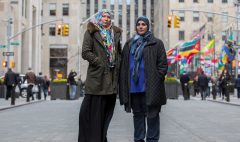The Parliament of the World’s Religions is the closest thing we have to an international interfaith movement
December 10, 2018 2023-06-14 11:49The Parliament of the World’s Religions is the closest thing we have to an international interfaith movement

The Parliament of the World’s Religions is the closest thing we have to an international interfaith movement
in 1893, during the World’s Columbian Exposition in Chicago, thousands gathered over 17 days in September to witness a “World’s Parliament of Religions.” For many Americans, it was their first encounter with Hindus, Sikhs, Buddhists, Muslims, Jews, and other people of non-Christian faith. The meeting had an air of expectation.
This year, on the 125th anniversary of the original meeting, thousands of people gathered in Toronto, Canada, over seven days in November, to continue the work of building religious fraternity. In the past 125 years, religious pluralism has become much more widely accepted, at least in the United States and Canada, but religious unity remains an elusive goal. At a moment when religious conservatives make headlines, it is worth paying attention to what happened at the 2018 Parliament.
In Toronto, the thousands of attendees (nearly 10,000, according to the organizers) were a mixture of the world’s religions. The mostly North American visitors mingled with many different spiritual communities and faith leaders.
The Parliament has been a regular event since it was revived in 1993 and renamed “The Parliament of the World’s Religions” on the 100th anniversary of the original meeting. It met in Chicago in 1993 but soon went abroad to Cape Town (1999), Barcelona (2004), Melbourne (2009), and back to the United States in Salt Lake City (2015) before this year’s meeting in Toronto. Although the meeting is expensive ($495 USD per person), it attracts religious leaders, activists, and some everyday folks interested in the interfaith movement. Climate change was a central focus of the Toronto Parliament…
Since the original Parliament 125 years ago, the interfaith movement has changed in important ways. Its leadership is much more diverse and inclusive. Its politics is attentive to Indigenous issues, women’s rights, and climate change. Many old challenges remain, not least of which is that many religious communities continue to stay away.
Source: Religion & Politics








